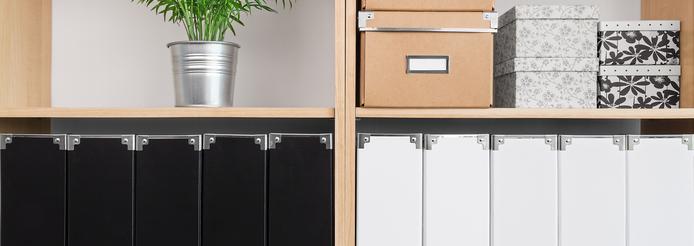"Thank you VERY much for pulling together the summary for my new Home Décor business. The information provided was very detailed and insightful. Your efforts on our behalf will certainly help us as we enter a new business category.”

How does your team kick off a new year of product development? With a review of existing products looking for small gaps to fill? With color changes or new packaging? A new size?
Or do you really start from scratch by identifying unmet consumer needs to fill with unique new products?
The classic approach to new product development starts with identifying unmet needs and then designing products to meet those needs. Do you think your category is fully meeting consumer needs? THINK AGAIN.
Here’s an example of a study we recently conducted in home storage products. Working with our client’s design consultant we conducted 20 in-depth, in-home interviews. We photographed all the products people store things in and where and how they store them. We saw examples of storage that was working, not working, inaccessible, difficult to use, broken down, etc. We had long conversations about everything we saw with our “informants”. Then we sent them shopping to look for new home storage solutions and questioned them on what they found. They kept diaries relating to their storage problems and shared their frustrations with us. We shared test products and competitive market products and solicited their reactions.
Now you might think there is nothing new in home storage. It’s just boxes made of plastic or cardboard or wicker, right? NO WAY! Instead of delivering one new product concept, our investigation yielded six truly new and innovative solutions to storage, all based on consumer needs.
This is known as ethnographic research and it is very similar to anthropological research. Only our “dig site” is your target consumer’s kitchen, bathroom, closets, basement, etc.
Call or email us today to learn more about how you can use ethnographic research to create truly new products for your retailers and consumers.



